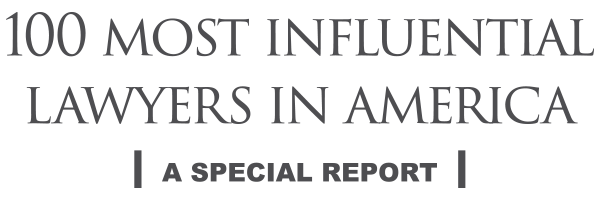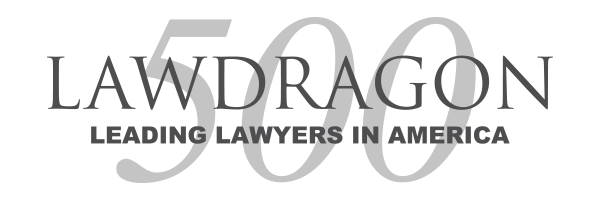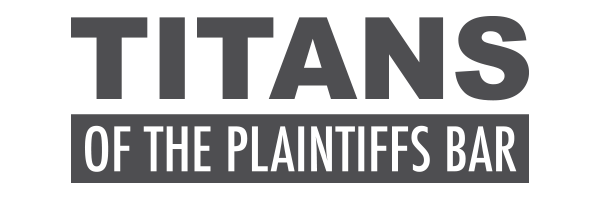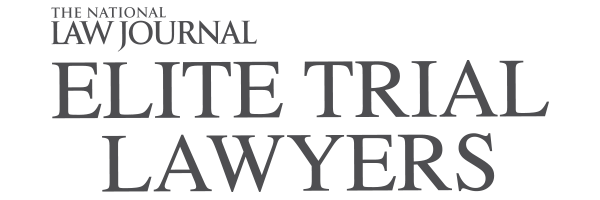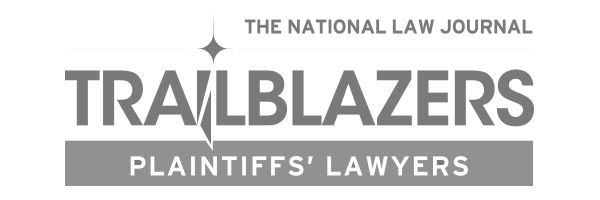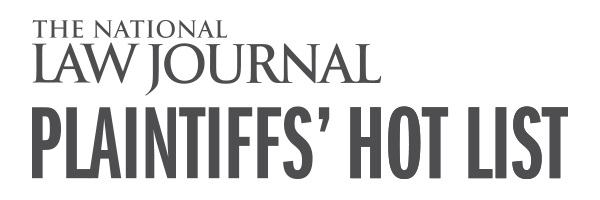Pricing and Price Reporting Fraud
Government health care programs rely upon accuracy and complete, transparent disclosure of pricing and other cost information from pharmaceutical manufacturers (such as Pfizer), pharmaceutical distributors (such as McKesson), a pharmacy benefit managers in order to determine proper payment amounts. A mere increase of a few cents or dollars here or there for a particular pharmaceutical product can, in the aggregate, increase the costs to the government to the tune of tens or hundreds of millions of dollars.
Though false and fraudulent, such stated price or cost increases result in significant revenue for pharmaceutical manufacturers and others in the health care field. For this reason, fraudulent price or cost inflation is a common practice. It also violates the False Claims Act because it results in the presentation of factually and legally false claims for payment, claims for payment of costs that are themselves fraudulent.
One of the most important pieces of pricing information in government health care programs is the so-called average wholesale price, or AWP. Our law firm, Hagens Berman, has led the largest litigation in history, In re Pharma. Industry AWP Litig., to challenge manipulation of AWP by several pharmaceutical companies and their co-conspirators. This litigation has resulted in multiple settlements spanning several years.
Average wholesale price refers to the average price at which drugs are purchased by wholesale customers. Most important, AWP is the predominant benchmark metric used by government health plans, including Medicaid, to determine the government payment rate for a particular drug. The government does not independently generate this price based upon its own original analysis, nor can it. Instead, the government relies upon the veracity of pharmaceutical manufacturers, distributors, and others to disclose the actual prices.
Pharmaceutical companies, often working with distributors or those responsible for publishing accurate price information, have violated the False Claims Act and other laws by publishing fictitious AWPs that do not reflect the actual average sales prices. By inflating the AWP, pharmaceutical companies create a “spread” between the actual cost to acquire the drug and the inflated, stated AWP.
As the court in the AWP Litigation found, the “use of AWP as an embedded pricing benchmark used by the federal government, state governments, and private insurers alike created perverse incentives for the drug manufacturers…” to market a spread as a means of fighting competition for a multi-source drug.
This spread is marketed in difference ways to purchasers as an incentive to purchase their product; it also results in higher, and fraudulently created, costs to the government, patients, and other third-party payors. But this “spread” between the cost for the pharmacy to obtain the drug and the price the government will pay for its dispensing (based upon AWP) is not supposed to exist.
The means by which the “spread” has been marketed reflect the two main mechanisms by which drugs have been purchased.
One, manufacturers market physician-administered drugs directly through a direct chain of sale or distribution. Here, the physician practice purchases the product and bills the payor (e.g., Medicare or Medicaid). That practice makes profit on the difference between the cost to acquire the drug and the amount it is reimbursed. Pharmaceutical companies have incentives to create customer preferences for their products by increasing this spread and thereby the customer’s profit.
Two, pharmaceutical companies also indirectly provide their products to the end-user by way of an intermediary, typically a large wholesaler or distributor that provides the product to the end user. In this scenario, the end user typically pays a mark-up above what the distributor or wholesaler paid for the product. Incentives remain, however, for the pharmaceutical company to make its product more attractive financially for the end user. Therefore, various forms of price concessions or rebates may allow for a charge-back that reduces the ultimate cost to the end user.
In either scenario, practitioners who are end-users of these products are incentivized to select the product that the will have the largest spread and result in the largest reimbursement from government health care plans.
Incentives remain for product manufacturers to report inflated AWPs for their products where the actual price at which its drugs are sold is substantially less than the false reported amounts.
In addition, Medicaid and other government health care programs (like other government procurement programs) require that it receives the “best price” for pharmaceutical products. Pharmaceutical companies, however, have enormous incentives to disguise the actual best prices that it will often give to private sector customers as an inducement or kickback. These companies carefully guard complicated financial arrangements with drug wholesalers, pharmacies, various group purchasing entities, to mask the pricing arrangements so as to protect an inflated, stated “best price” provided to government health care programs.
Nearly all of the significant recoveries under the False Claims Act for unlawful pricing schemes have been the product of qui tam whistleblowers who, working inside pharmaceutical companies, wholesaler distributors, or pharmacies, were able to detect and report the scheme.
Because of the attention paid to these pricing schemes in recent years by the federal government and several courts handling False Claims Act litigation, pharmaceutical companies and others who are engaged in pricing fraud have moved to dismiss whistleblower cases on the grounds that these theories of fraud are already publicly known. However, when whistleblowers bring forth original information not in the public domain, these objections typically fail.
The False Claims Act contains a “public disclosure bar,” 31 U.S.C. § 3730(e)(4)(A), that applies where the information provided by the whistleblower was previously publicly disclosed via one of the sources listed in the statute, where included in the prior disclosure is the ‘allegation or transaction’ at issue, and the whistleblower’s information is “based upon” such disclosure.
Though true that industry-wide AWP and other pricing fraud has been disclosed extensively in several “qualifying” sources over the past decade, unless a specific allegation that a specific company reported inflated prices on the drugs in question and under circumstances described by the whistleblower is found in a public source, a qui tam suit will often survive such a challenge. The more detailed original information provided by the whistleblower the more likely such an objection will be overcome.
